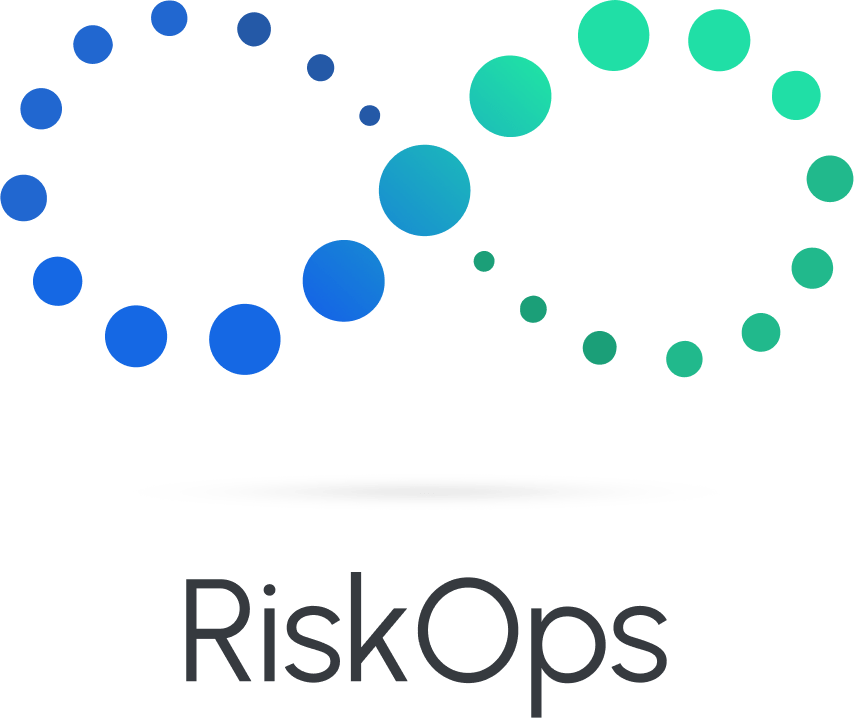Insurance
Insurance’s AI Problem




“Just as electricity transformed almost everything 100 years ago, today I actually have a hard time thinking of an industry that I don’t think AI will transform in the next several years.”
— Andrew Ng, Stanford University, Founder Coursera + Deeplearning.ai
“125 years ago, when American factories began to electrify their operations, the first wave of managers simply replaced their steam engines with electric motors but they didn’t redesign the factories to take advantage of electricity’s flexibility. It fell to the next generation to invent new work processes.”
— Erik Brynjolffson, MIT, Author of AI and the Modern Productivity Parado
The rise of AI— Artificial Intelligence —and underlying progress in machine learning is arguably the greatest technical achievement of this generation. It boggles the human mind that a computer can distinguish between an image of a cat/dog or perform basic question and answer in the place of a human.
In insurance, such innovations are slowly creeping into the fold. Computer Vision on satellite imagery can be used to determine the presence of new structures. And paper applications have been transcribed and analyzed via Optical Character Recognition (OCR) and Natural Language Processing (NLP). These results are astounding and the cost savings realized by insurers are real.
History tells us this couldn’t be further from the truth. What gets our team at Federato most excited about AI’s potential is that AI and the machine learning technologies that power it have so much more to offer insurance than the basic automation-driven cost cutting that has dominated adoption thus far.
Most of us forget that new technologies— electricity or AI —often take a generation or more to reach their full potential. The transformation brought about by electricity didn’t come from simply replacing steam engines with electric ones. Rather, it was fundamental changes to processes that took full advantage of these technologies that determined winners and losers during the advent of electric power. The same will be true in the age of AI.
The problem with automation is that it is, regardless of how one puts a marketing spin on it, an exercise in human replacement. Cost is taken out of the system by using a machine to do human’s work. Instead of a human measuring distances on Earth Pro manually, a model calculates the distance. Instead of a human transcribing a form, the machine takes over. This is not a knock on these technologies. Insurers owe it to their shareholders to eliminate expenses where and when technology provides an opportunity. But the fact remains, just as manufacturers swapped out steam motors for electric motors, insurers are swapping out their human motors for AI.
It is an industry built around the notion of continuous statistical improvement relative to feedback in the form of losses. The Generalized Linear Models (GLMs) that make up most of the rating activity today are, in fact, the predecessors to today’s Deep Learning regressions. The Monte Carlo Simulations used to determine cat exposures and set appetite are the near cousin of the techniques used to build complex Reinforcement Learning systems capable of outperforming humans in countless games. It is time for insurers to understand these technologies at a first principles level, and think seriously about how to get a greater return on their technology investments in AI.
At Federato, we believe that the planning cycle that unites portfolio-level risk assessments and core underwriting operations is ripe for this kind of bigger thinking. For decades a plan has been passed back and forth from senior to junior management, gently finessed until the strategies, goals, and guidelines for the coming year are set. But a day, a week, a month passes and this plan only becomes further from the ideal. For all it’s statistical sophistication, insurance is trapped in static analyses and stale spreadsheets.
The future of AI-driven software will be all about the shift from static systems of record to dynamic systems of action. When insights and information are allowed to exist as data and functions contained in software rather than relegated to PDFs, they can be used proactively and in real-time. AI has an uncanny ability to grow premiums subject to the constraints - rate, retention, and accumulation goals - you set for your business.

